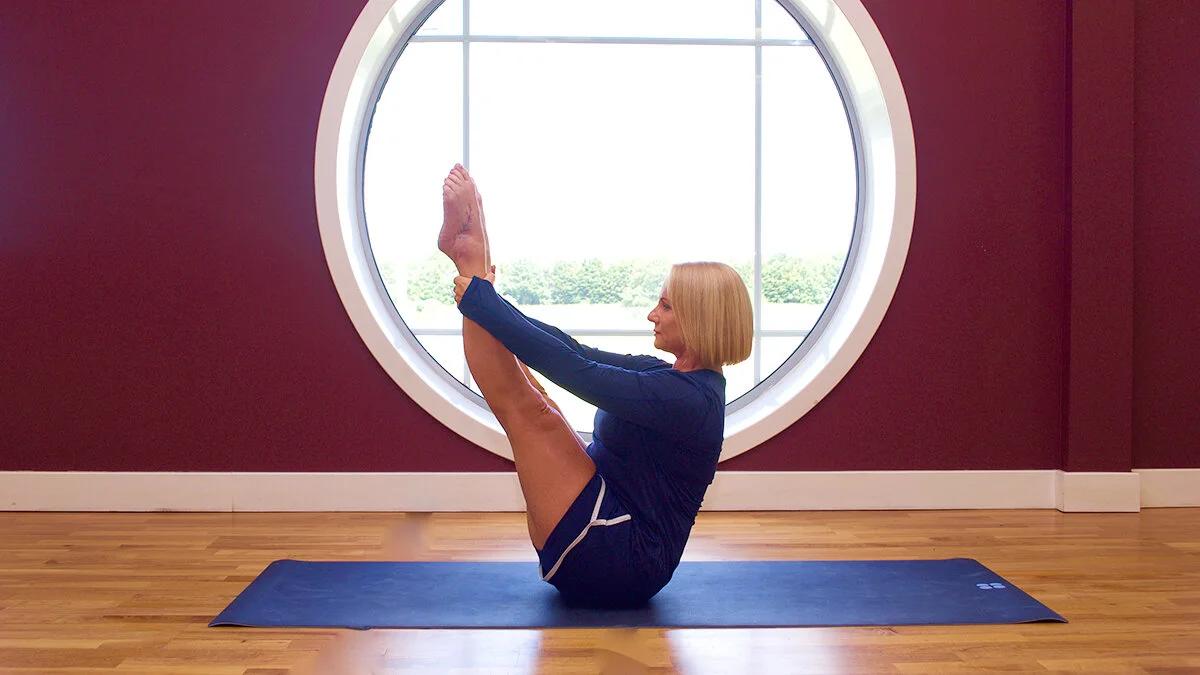Our deep hip muscles have an important part to play in our stability and making sure they are strong and working well could help prevent hip problems, which is the theme of my current Pilates course.
Here’s why these muscles are so important and how to help look after them.
Let’s talk about muscles and hips …
You probably already know about how important the “core” muscles are if you suffer with back pain, and how vital the rotator cuffs are for protecting the shoulder girdle (which could be the focus of my next Pilates course!). However, not everyone understands the importance of the deep hip muscles and their role in protecting our hip joints, so let’s take a closer look…
The gluteal muscles (buttock muscles) consist of the gluteus maximus and the gluteus medius and minimus. To externally rotate the hip, the gluteus maximus works synergistically with the iliopsoas, piriformis, and obturator muscles. In total, there are 21 muscles that cross the hips – and there’s a good reason why there are so many. All of them help to stabilise the pelvis which moves in an “S”-like motion when we walk.
In fact, the hip joint allows for movement in three major axes and also facilitates weight-bearing. Any injury or disease of the hip will adversely affect the joint's range of motion and our ability to bear weight.
And now about bones and hips …
The pelvis houses your femurs (the thigh bones), your spine, pelvic floor muscles organs and pelvic bowl.
As we age, we lose bone density – particularly in the pelvis because there is so much wear and tear caused by walking and doing sport. A loss in bone density, known as osteoporosis, can cause pain in your hips. The advice usually given to help the pain subside is to keep moving to increase the flow of oxygen-rich blood to this area, but it is always advisable to speak with your GP.
Women are four times more likely to get osteoporosis because of hormone changes; you may have seen the current tube poster campaign by the Royal Osteoporosis Society stating that 1 in 2 women over 50 will break a bone due to poor bone health? I run a specific bone density class in person – for women and men – on Mondays in Wimbledon and on Fridays on Zoom (please check my timetable). You may like to find out more about the difference between Pilates and Bone Density Pilates in my blog.
You may also like to check your risk of getting osteoporosis and get a personalised report on your bone health on the Society’s website at theros.org.uk/bone-check
Why stretching is so important
Stretching is essential for healthy hips with particular attention paid to stretching the muscles of the piriformis and iliacus (your hip flexors) and your quads (your thighs). (If you come to my Pilates class, the quad stretch is the one where I hear the most ooohs and aaahs!!) I also use tennis balls to help release the glutes and hips (even more ooohs and aaahs!).
It’s very important to release and stretch the glutes, particularly after sudden bursts of exercise. For instance, running with tight glutes can cause slight tears in the glute medius and lead to a bursitis inflammation of the cushioning sac over the greater trochanter bone which, again, can cause hip pain. This might be why you find it painful to stretch your leg across your body in Pilates when you lie on your side?
My tips for your hips in a nutshell
Keep moving
Combine strengthening and stretching exercises in your daily routine
Learn about the muscles and bones in your body
Take care of your diet
Why not book yourself into one of my classes at Soul Central Pilates during which I will teach you more about your muscles and show you some very specific strengthening exercises.




